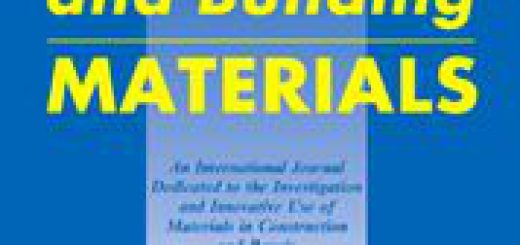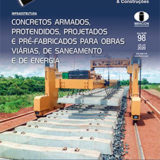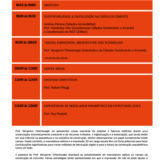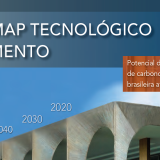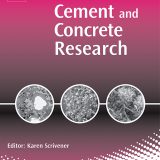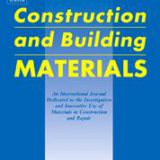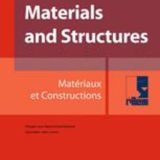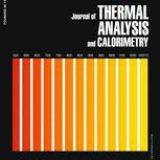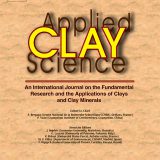Autores: Santos, Winnie F.; Quattrone, Marco; John, Vanderley M.; Angulo, Sergio C.
Revista: Construction And Building Materials (doi)
Disponível online: 22 de Abril de 2017
Abstract
Surface treatment techniques may improve the characteristics of recycled aggregates (RAs) for use in cementitious materials, possibly as an alternative to the energy and CO2 intensive high quality RA production process. In this paper, we investigate the effectiveness of two water repellent treatments (silane solution and paraffin wax) on the characteristics of different RAs in terms of porosity. We explored the relationship between roughness, porosity/surface area, and wettability of RAs on their water absorption (WA) kinetics. The long-term goal of the treatments is to reduce the water demand of concrete/mortar.
We proposed a method to measure the roughness of coarse aggregates by optical interferometry. Contrary to popular belief, recycled concrete aggregates are as rough as crushed natural aggregates, and only red ceramic aggregate is less rough than natural aggregates. This technique combined with mercury intrusion porosimetry identified microstructural changes in the treated RAs. Silane was incorporated into smaller pores (<100 nm) and caused a slight reduction in the total porosity and specific surface area of RAs. Paraffin wax also intruded into the RAs, filling larger pores (>100 nm), and the wax significantly reduced the total porosity. Paraffin treatment formed a smoother surface and a thicker paraffin layer around the particles.
We determined the water absorption kinetics using the standard 24 h WA test with method adaptations in order to improve the accuracy and repeatability of the tests. Treated RA surfaces exhibited hydrophobic behavior but at the cost of efficiency. WA kinetics significantly changed after 2 h.

